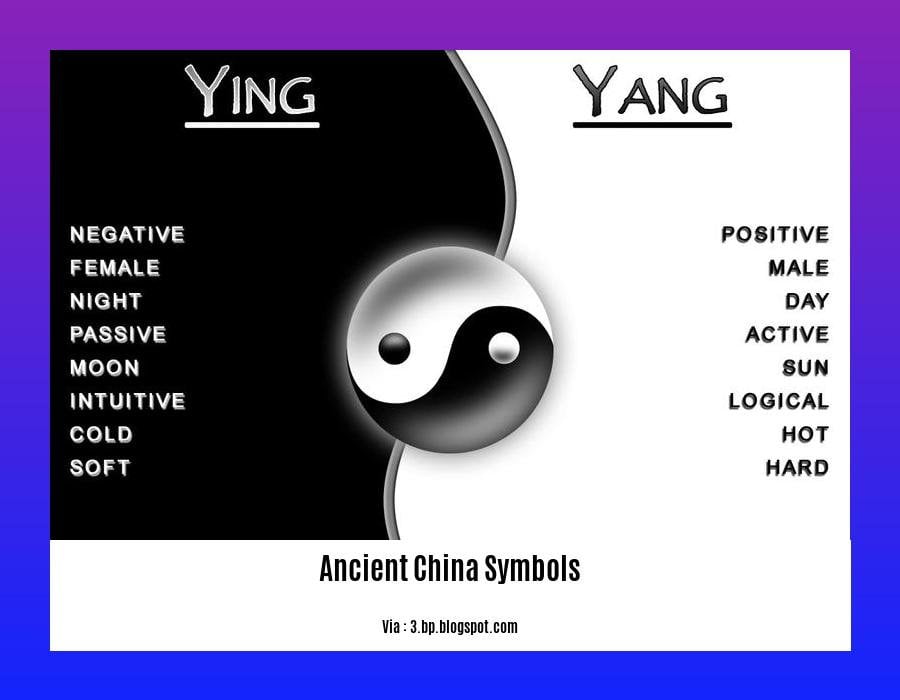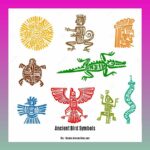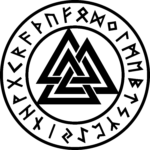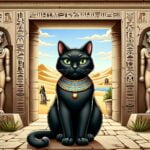Travel with us into the depths of ancient Chinese civilization as we untangle the mystery behind its symbols in “Decoding Ancient China Symbols: Unravelling the Enigmatic Legacy of Chinese Culture.” Let’s start a fascinating journey into the deep meanings buried in these symbols, interpreting the narratives they tell about the ideas, values, and goals of ancient Chinese civilization.
Main Learnings:
- Yin and yang:
- Symbolism: Negative and positive cosmic forces.
- Depiction: black (yin) and white (yang) halves divided circle.
- Dragon:
- Symbolism: Strength, knowledge, lucky events.
- Association: Strength, Emperor.
- Phoenix:
- Symbolism: Rebirth, rejuvenation.
- Depiction: Beautiful, vibrantly coloured bird with long tail.
- Horse:
- Symbolism: Speed, strength, endurance.
- Representation: Trail of life.
- Reptile: Snake
- Symbolism: Wisdom, cunning.
- Association: Underworld, guardian being.
People’s Republic of China’s symbols consist:
- National Flag: Red flag featuring a five-pointed yellow star in the canton.
- National Emblem: Red star encircled by a wheat wreath.
- National Anthem: “March of the Volunteers.”
- Founder: Mao Zedong.
Ancient China Symbols: Deciphering the Enigmatic Legacy of Chinese Culture
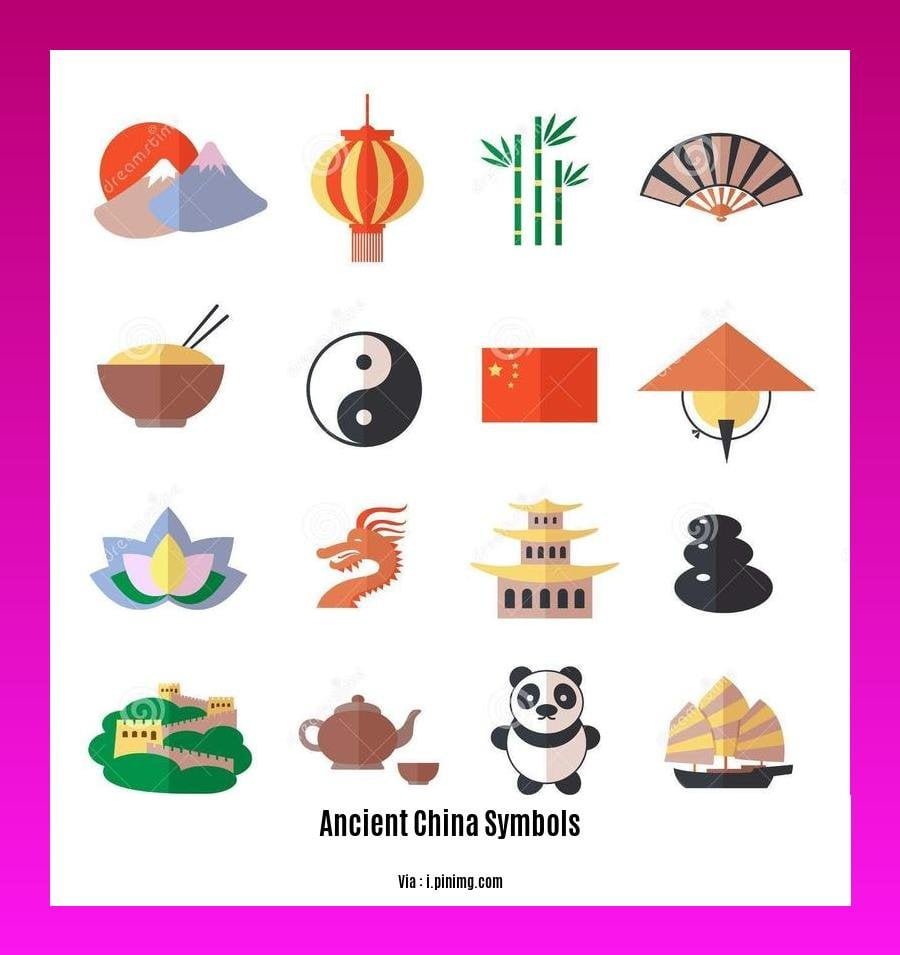
The symbols of ancient China are like mysterious road signs guiding us to discover the depths of this great civilization in the annals of history. From the dragon’s sinuous curves to the phoenix’s wisdom, these symbols open doors to a universe of rich cultural traditions, spiritual ideas, and creative successes. Examining their meanings and relevance sets us on a voyage of discovery to find the core of an ancient society still enthralls and inspires us now.
The Dragon: Emblems of Imperial Majesty, Good Fortune, and Power
Rising majestically and awe-inspiring, the dragon soars through Chinese mythology as a metaphor of great strength, wealth, and imperial authority. Its serpentine form and flaming breath inspire thoughts of power and vitality; its connection with water and rain announces life-giving riches. Respected as the emperor’s defender and keeper of the realm, the dragon takes front stage in Chinese art, literature, and mythology. Its presence reminds us of the dynasty’s might and divine favor and adorns tombs, palaces, and temples.
The Phoenix: A Renewal, Transformation, and Rebirth Symbol
The phoenix captures the continuous cycle of rebirth and rejuvenation with its vivid plumage and elegant flight. Said to rise from the ashes of its predecessor, this legendary bird comes forth with fresh beauty and energy. Representing the triumph of life over death and the hope for a better future, the phoenix is a symbol of change and immortality that occupies particular position in Chinese society. Its appearance in literature and art marks lucky events including imperial coronations, births, and marriages.
The Horse: Symbolic of Endurance, Speed, and Tenacity
Galloping across Chinese history as a monument to speed, endurance, and perseverance, the horse gallops with its quick pace and unflinching attitude. Often found in art and literature, this wonderful creature—which is revered for its power and agility—is either carrying brave warriors into combat or enabling quick transit over great distances. The horse also has cultural value as a metaphor of faithfulness, allegiance, and the search of knowledge. Its frequency in Chinese society is evidence of the value given to tenacity, will, and the search of greatness.
The Snake: Representation of Knowledge, Skill, and Change, Wisdom, cunning,
In the serpentine dance of the snake, we come upon a metaphor for knowledge, guile, and the transforming force of environment. Ancient Chinese society appreciated the snake’s adaptability and tenacity since it could shed its skin and come out rejuvenated. Often appearing in tales and legends as a symbol of metamorphosis and rebirth, the snake captures the cyclical character of life and the possibility for great change. Its presence in Chinese art and literature reminds us of the need of flexibility, fortitude, and the wisdom acquired by means of the turns in life.
In essence,
Ancient China symbols are deep statements of a civilization’s ideas, values, and goals, not only beautiful accents. Through their elaborate designs and symbolic significance, they offer a look into the heart and soul of ancient China. Studying and appreciating these symbols helps us to better grasp this amazing culture and provide insightful analysis of the human experience.
Would you like to explore the rich historical and cultural heritage of ancient Italy? Embark on a journey through time and discover ancient buildings that testify to the splendor of past civilizations.
If you’re an adventurous foodie with a fondness for ancient culinary traditions, you won’t want to miss our collection of ancient Chinese recipes. These authentic dishes offer a tantalizing glimpse into the culinary practices of a bygone era.
Journey with us as we delve into the fascinating past of Israel, where ancient cities reveal the stories of forgotten civilizations and offer a tangible connection to our shared history. Explore ancient cities and uncover the secrets they hold.
Cultural Significance: Uncover the profound meanings and symbolism embedded within Chinese characters, examining their role in mythology, religion, philosophy, and social customs.
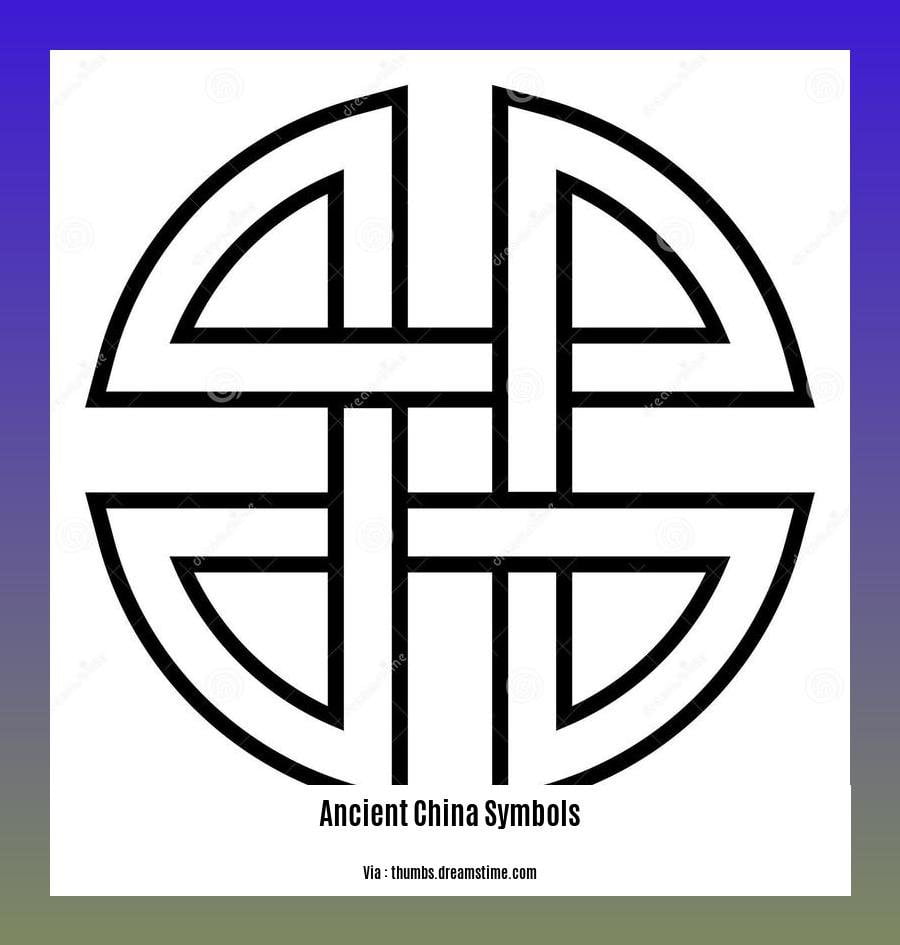
Chinese characters are windows into the knowledge, ideas, and identity of an old culture, not merely a means of writing. Every stroke and symbol tells tales of gods, emperors, and common people while bearing historical weight. Their significance stretches far beyond practicalities, connecting the world we see with the realms of the unseen.
Let’s explore the cultural relevance of Chinese characters, breaking apart their functions in mythology, religion, philosophy, and social mores:
Mythography Chinese characters weave fanciful stories into the fabric of written language, thereby preserving legendary tales and traditions. Characters inspire ideas of gods, legendary creatures, and heroes whose adventures define the terrain of Chinese culture.
Religion Chinese characters reflect the ideas and practices of Taoism, Confucianism, and Buddhism by absorbing religious symbolism. Characters guiding ethical behavior and forming religious activities may represent spiritual ideas, moral precepts, or divine qualities.
Philosophy Chinese characters capture philosophical concepts and knowledge, acting as vehicles for the lessons of Confucius, Laozi, and other great philosophers. They offer great insights on the essence of reality, the human condition, and the road toward a moral existence.
Social Mores Chinese characters capture social conventions, etiquette, and standards by encoding them, revealing the social fabric of ancient China. From family dynamics to social contacts, they expose the values, ideas, and behavioral expectations guiding daily life.
Essential Learnings:
- Chinese characters animate gods, heroes, and legendary creatures, capturing the core of mythological stories.
- Religion: Reflecting Taoism, Confucianism, and Buddhism, Chinese characters are laden with religious connotations.
- Philosophy: Chinese characters express philosophical concepts, acting as vehicles for the teachings of eminent intellectuals and moral guidance.
- Chinese characters provide insight into social conventions, etiquette, and norms, clarifying the ideals and expectations of old Chinese society.
Applications and Uses: Investigate the practical applications of ancient Chinese symbols in various aspects of life, including art, architecture, literature, and communication.
In ancient China, symbols permeated every facet of life and shaped many facets of civilization. Deep meanings and pragmatic uses for these symbols abound in art, architecture, literature, and communication. Allow us to explore some of their main uses:
- Paintings, sculptures, and calligraphy all frequently included symbols to express strong emotions and ideas.
- Symbolism gave artistic works layers of significance and let several interpretations possible.
- Buildings, palaces, and temples with their complex symbolism of harmony, balance, and wealth highlighted architecture. Architectural details have symbolic meaning, therefore improving the general aesthetic and usefulness of buildings.
- Poetry, tales, and novels among other works of ancient Chinese literature used symbols to evoke strong images and transmit secret meanings.
- Symbolism deepened and complicated the story, therefore enhancing literary works.
- Written language made use of symbols to transmit thoughts and concepts outside of their literal meanings; they also helped to enhance communication across the several parts of ancient China where dialects and languages varied.
Important Learnings:
- Ancient Chinese symbols had great connotations and found several useful purposes.
- In art, symbols provide artistic works layers of meaning and emotions.
- Architecture included symbols meant to stand for harmony, balance, and wealth.
- Literary works used symbols to evoke strong images and transmit secret meanings.
- Beyond language difficulties, symbols were absolutely essential for communication.
Sources:
[1] Symbolism in Ancient Chinese Art and Architecture
[2] The Role of Symbols in Chinese Literature
Legacy and Contemporary Relevance: Examine the enduring influence of ancient Chinese symbols in modern society, exploring their continued use in art, design, and popular culture.
Captivating visual depictions of the cultural legacy, beliefs, and values of a civilization that still fascinates and inspires people all over, ancient Chinese symbols enthrall viewers. Their ongoing impact reaches into many spheres of modern life, including art, design, and popular culture, well beyond their initial setting.
Between the past and the present, these symbols offer a window into the complex tapestry of Chinese history, mythology, and philosophy. Examining their meaning and symbolism helps us to appreciate Chinese culture and its legacy going forward.
Key Learnings: Ancient Chinese symbols developed from a rich tapestry of religious, cultural, and historical inspirations. Representing strength, wealth, and balance, symbols like the dragon, phoenix, and yin and yang remain rather frequent motifs in modern art and design. Inspired by traditional symbols, modern Chinese designers, filmmakers, and artists create visually arresting and significant works. Through movies, video games, and fashion, ancient Chinese symbols enthrall worldwide viewers with their visual attractiveness and cultural relevance. Learning and appreciating old Chinese symbols helps one to better grasp Chinese culture and its ongoing significance in contemporary society.
Ancient Chinese Symbols Applied in Modern Design and Art
Ancient Chinese symbols are now a mainstay of the visual vocabulary of modern art and design. These symbols are included into sculptures, paintings, and installations by artists to arouse strong feelings and transmit strong messages. Designers use them in fashion, jewelry, and home décor to produce visually arresting objects that speak to cultural legacy.
Chinese Symbols from Antiquity in Popular Culture
With its visual appeal and cultural relevance, ancient Chinese symbols have found their way into contemporary culture and enthralls viewers all around. Their appearances in movies, video games, and TV shows provide the story levels of meaning and complexity. From the grand dragon in fantasy movies to the complex patterns in video games, these icons—which testify to the power of Chinese culture—have become familiar.
Conserving Ancient Chinese Symbols’ Legacy
Modern society’s ongoing use of old Chinese symbols is evidence of their heritage. These icons are dynamic features that keep changing and appealing to modern viewers, not only remnants from the past. Ensuring the relevance of these symbols in next generations depends on preserving the knowledge and comprehension of them.
At Last
Ancient Chinese symbols are evidence of the continuing force of cultural legacy and its capacity to cross time. Their great influence on Chinese society and ongoing significance in the globalized world is shown by their presence in modern art, design, and popular culture. People all around will continue to find inspiration and intrigue in these symbols as they are constantly read and reinterpreted.
Citations: Meanings and Significance of Ancient Chinese Symbols in Modern Society; Ancient Chinese Symbols: Interpretive Notes in Modern Times
FAQ
Q1: In what ways does the Yin Yang symbol reflect ancient Chinese society?
A1: The Yin Yang sign stands for the harmonic equilibrium between opposing energies—that of light against dark, good against evil. Found throughout many facets of Chinese life, including philosophy, art, and medicine, this is a major cultural emblem.
Q2: What ideals and ideas of ancient Chinese civilization are reflected in their symbols?
A2: Many times reflecting the beliefs and ideals of ancient Chinese culture, ancient Chinese symbols have great meanings and symbolism. These symbols might stand for ideas including harmony, balance, wealth, longevity, and luck. They also provide a medium of cultural narrative communication and storytelling.
Q3: Provide several instances of ancient Chinese symbols together with their meanings.
Among the old Chinese symbols and their meanings are the dragon (strength, wisdom, and good fortune), the phoenix (rebirth and renewal), the horse (speed, power, and endurance), and the snake (wise and cunning). Among other cultural objects, these symbols find great representation in architecture, literature, and art.
Q4: How have current Chinese culture evolved from ancient Chinese symbols?
A4: In certain respects, ancient Chinese symbols still shape contemporary Chinese society. Still utilized in design, literature, and art, they also show up on apparel, jewelry, and other objects. Many old symbols also abound in many traditional Chinese celebrations and rituals, therefore safeguarding and disseminating cultural legacy.
Q5: What difficulties deciphering ancient Chinese glyphs presents?
A5: Given their intricacy and expanse of Chinese cultural heritage, deciphering ancient Chinese symbols can be difficult. Certain symbols could have several connotations or interpretations that change based on the setting. Furthermore challenging for those not familiar with the culture are the subtleties of ancient Chinese philosophy and symbolism.
q
- Unraveling Einstein’s Legacy: Who Inherited His Genius? - July 14, 2025
- Unlock Einstein’s Family Tree: Bernhard Caesar & Untold Stories - July 14, 2025
- Unveiling Bernhard Caesar Einstein: His Life & Albert Einstein’s Legacy - July 14, 2025
